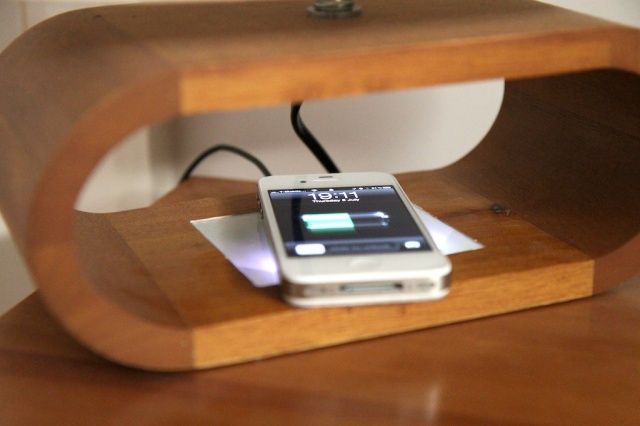Apple And Samsung To Bring Wireless Charging To 2013 Smartphones [Rumor]
Apple and Samsung are both looking to bring wireless charging to their smartphones this year, following in the footsteps of rivals like Nokia, LG, and HTC. The feature will come to flagship devices, such as the upcoming Galaxy S IV, according to industry sources who have been speaking to DigiTimes.
For those who don’t usually follow DigiTimes, it’s worth pointing out that the Taiwanese publication has a notoriously bad track record when it comes to rumors, and in particular those concerning Apple. So remember to take this one with a pinch of salt.
According to industry sources speaking to DigiTimes, Samsung will bring wireless charging to the Galaxy S IV, which it is scheduled to announce on March 14 in New York City. The Korean company is expected to adopt technology called Qi, which is developed by the Wireless Power Consortium.
Wireless charging may not be built into the Galaxy S IV itself, however. Instead, the sources believe that users will need to purchase a special back cover, which will incorporate a wireless charging pad.
It’s thought that Samsung’s adoption of the Qi standard could make the technology more mainstream, replacing other standards such as those promoted by the Alliance for Wireless Power (A4WP) and Power Matters Alliance (PMA).
As for Apple, it’s likely to use wireless charging technology it has developed internally, according to the sources, who were unable to confirm whether it would come with the upcoming iPhone 5S, or the iPhone 6 in 2014. It’s also unclear whether it will be built into the device, or whether an external accessory will be needed.
Given Apple’s simplistic and seamless approach to hardware, we’d expect the feature to come built-in. That’s if Apple decides to adopt it at all.
Not long after announcing the iPhone 5 last September, Phil Schiller, Apple’s senior vice president of worldwide marketing, explained during an interview that wireless charging systems still have to be plugged into the wall, and so they’re not really any more convenient.
“Having to create another device you have to plug into the wall is actually, for most situations, more complicated,” Schiller said.
- SourceDigiTimes



